How to soften wood for axe throwing is a fun activity requiring precision and accuracy.
Its success depends on the quality of the axe. Generally, a well-crafted axe with a soft handle ensures a comfortable grip.
But how to soften wood for axe throwing? In most cases, you need to embrace proper storage and soaking. And you must identify the best option.
Well, worry not! We are here to make sure you improve your axe-throwing experience. Read on for more information.
Why do you want softwood for axe throwing?
Before using wood as an axe-throwing target, ensure it is nice and soft. The following are reasons why you need softwood for axe-throwing:
- Softwood is much quieter
- Axes stick in softwood easily
- Since softwood attaches easily to the axe, they take less impact
- Softwood doesn’t splinter easily, thus making it more durable
- Softwood lasts longer, thus, saving money
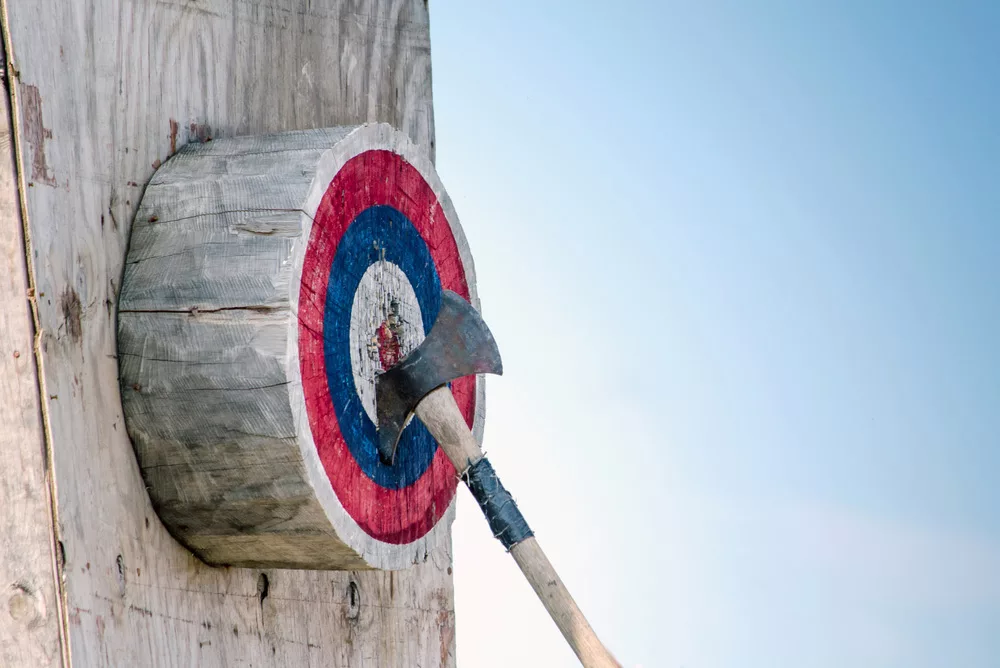
(axe on target)
Best wood for axe-throwing target
Making an axe-throwing target can take your game to new levels. Here are the best woods for axe-throwing targets, together with their pros and cons:
Popular
Poplar is a prevalent wood for an axe-throwing target. It has a very smooth surface and is non-resinous.
Pros
- It self-heals holes and scratches
- Poplar wood has a straight grain with a uniform texture, thus sticking nicely and quickly to the axe.
- It is very durable. It lasts 4 to 7 times longer than regular dry boards
- You can use it both indoors and outdoors
Cons
- Poplar easily splits
- Poplar has zero moisture resistance
- Poplar can get mold quite quickly
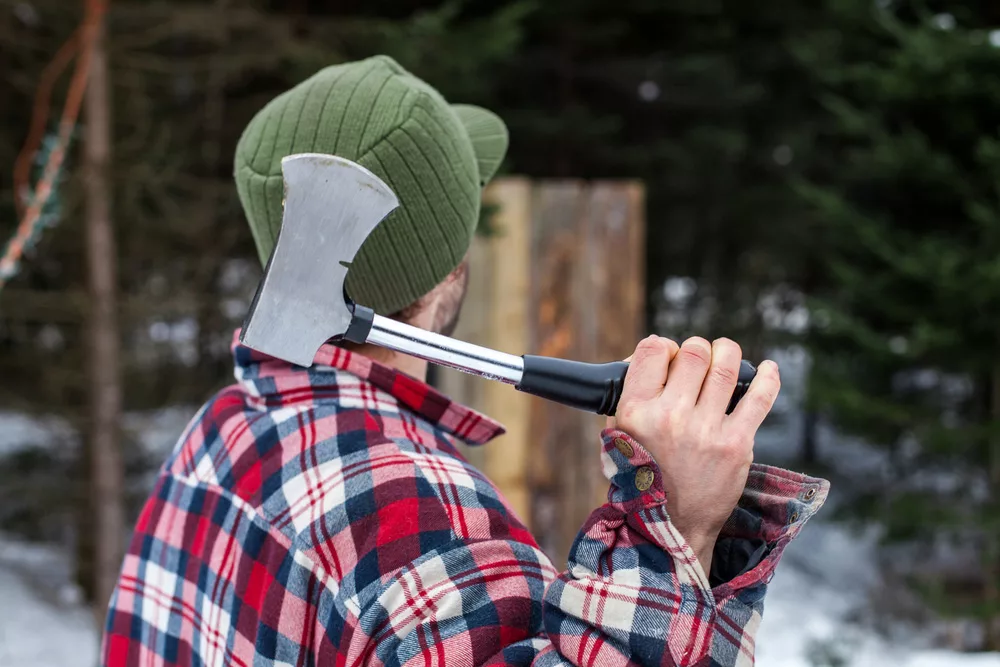
(man with an axe)
Cottonwood
Cottonwood is one of the best woods for axe-throwing targets. It has unique qualities that make it highly preferred.
Pros
- Cottonwood can accost moisture from its environment and act like self-healing material
- It is soundproof
- It is great for beginners
- Cottonwood has a beautiful appearance
- It is lightweight
Cons
- It gets mold easily
- Cottonwood is less weather resistant
- It can be allergic to some people

(cottonwood)
Pine
Pine is not too strong or too soft. This property makes it a unique option for use as an axe-throwing target.
Pros
- Pine is easy to work with
- Pinewood is readily available at many stores
- It is resistant to swelling and shrinkage
- It has good moisture resistance
- It is cheap
Cons
- It can scratch and dent easily
- Pine tears up easily

(pine wood)
Willow
Willow is a hardwood resistant to dents and cracks. It makes it a sound option.
Pros
- Willow wood is resistant to dents and cracks
- It is lightweight
- It has high workability due to a straight-grain smooth texture
- It has a beautiful pinkish-brown appearance
- It is shock resistant therefore is less noisy
Cons
- It is susceptible to pests
- Less durable
- Offers no decay resistance
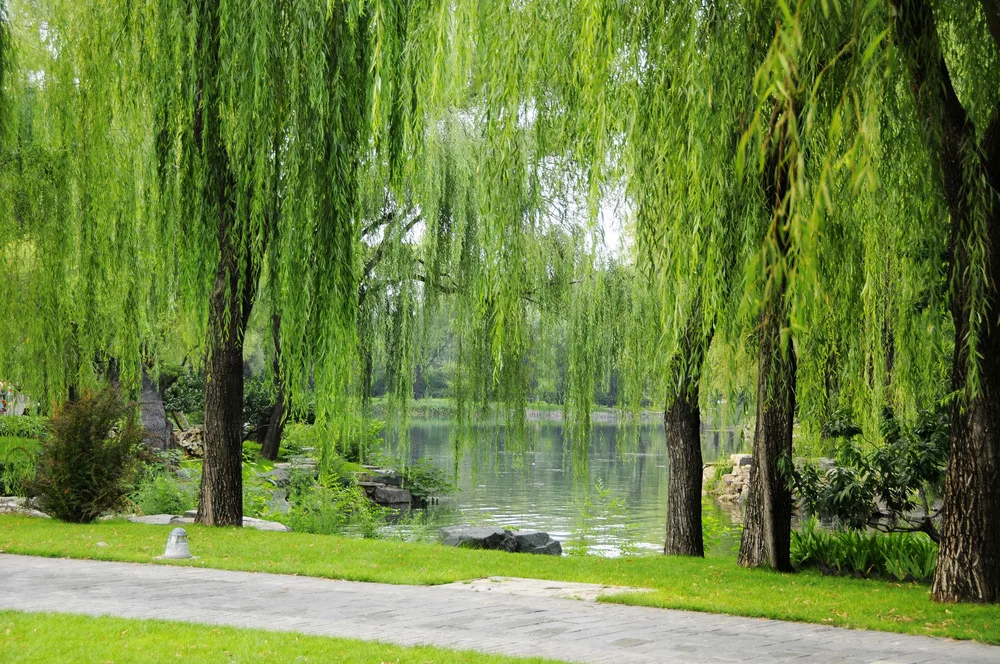
(Pictures of willows)
Spruce
Spruce is a popular option. It softens over time, therefore, helping the edges of the axe reach deep inside the wood.
Pros
- The axe sticks easily
- It has excellent workability
- Spruce is self-healing
- It has an attractive appearance.
- It is affordable
Cons
- It is prone to insect infestation
- It has no decay resistance
- It is not weather resistant
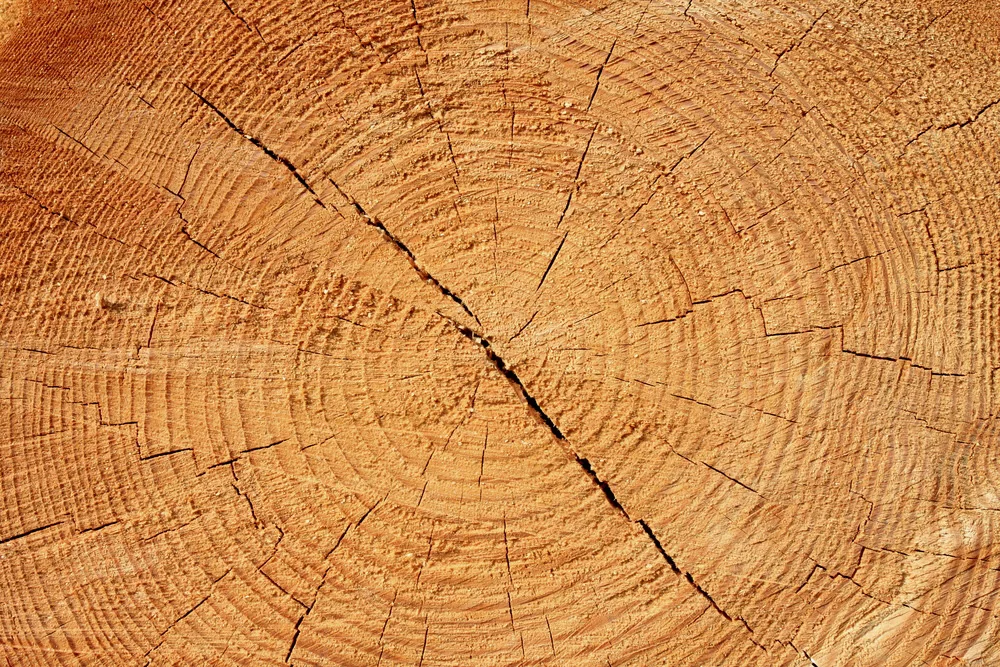
(spruce)
Cedar
Cedar is optimal to use as an axe-throwing target. It is an aromatic wood with insect-repellent properties.
Pros
- Highly durable
- It is lightweight
- Cedar has high workability
- It has an attractive appearance
Cons
- Cedarwood requires high maintenance
- Cedar is flammable
- It is expensive
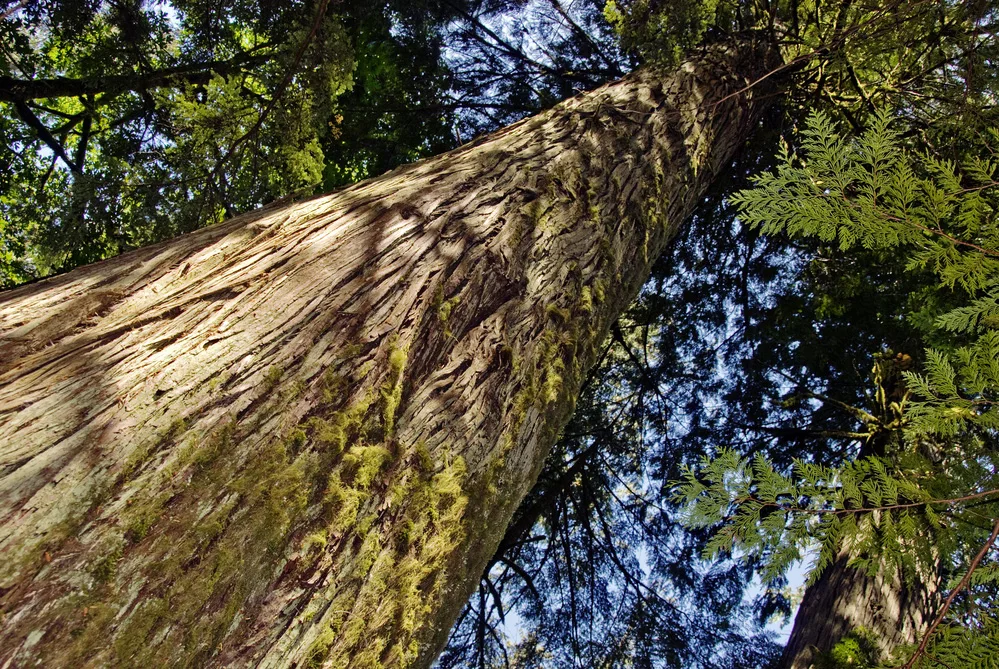
(Cedar)
Palm
Palm is an excellent choice as a target. Its tropical appeal adds to the unique look of your axe-throwing target.
Pros
- Rot-resistant
- It has a unique and beautiful appearance
- It is lightweight
Cons
- It has poor weather resistance
- It requires high maintenance
- It is poor strength
- It is expensive

(palm tree)
Woods to avoid an axe-throwing target
There are three wood types that you should avoid when making axe-throwing targets. Let’s discuss them in detail.
Maple
Maple is too hard, with a Janka hardness rating of 1450 lbf (6450N). Furthermore, it doesn’t have the self-healing properties of softwoods.
Oak
Oak wood is also hardwood. It has intense grain patterns; hence axe edges cannot go through the fibers.
Plywood
Plywood is loud and noisy when hit by axe edges. Additionally, it also tends to bounce back.

(man throwing axe)
How to soften wood for axe throwing
Soaking wood.
Most lumber companies pre-soak wood, making sure it comes prepared. However, the downside of soaking wood is that it can get moldy.
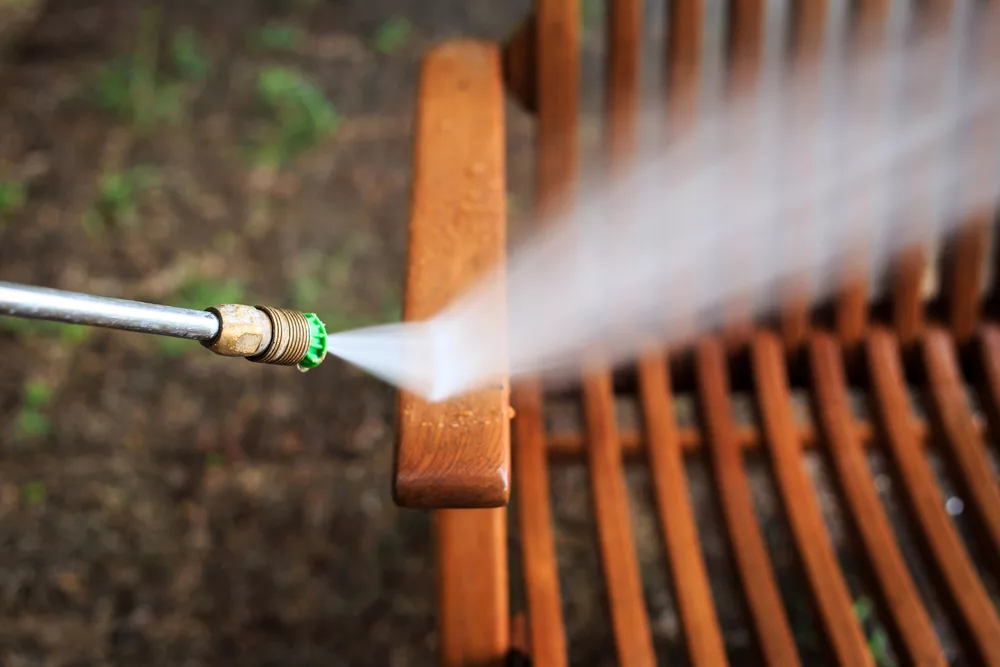
(spray wood)
Mold prevention after soaking or wetting wood to soften it.
Your wood should be usable for as long as possible. Therefore, you should prioritize mold prevention.
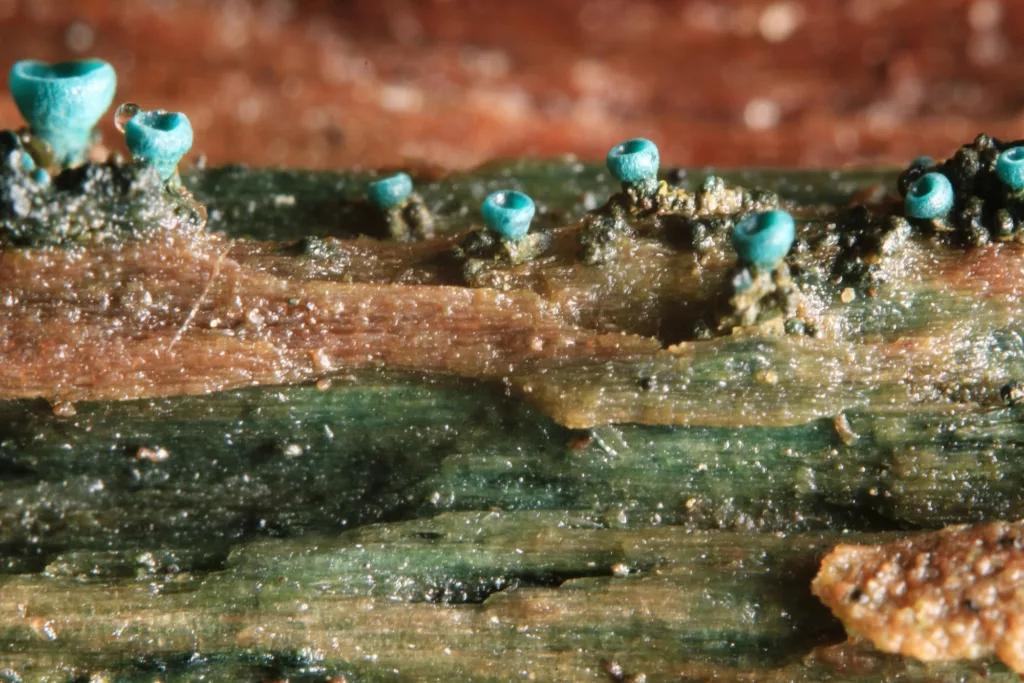
(mold)
Proper storage.
Store your wood in well-ventilated areas. Also, avoid damp areas.
Properly stacking or leaning the wood.
Stack your wood correctly to allow proper ventilation. Learn the woods against a wall or stack them like in Jenga.
Keep the wood away from standing water and damp areas
Keep your wood out of the basement. Dampness encourages molds.
What is the best way to keep wood soft?
The best way to keep wood soft is simply by using water. Soaking wood helps it last longer and be quieter than ordinary wood. There is no need for fancy technology. Just use a squirt bottle to spray the wood.
Conclusion
In conclusion, softening wood is essential in axe-throwing. Gladly, the best way to do it is cheap and can be done by every average Joe. Additionally, choose your wood option carefully.
Soak your wood, whether you’re a seasoned axe thrower or a beginner. Softwood equals successive throws!
